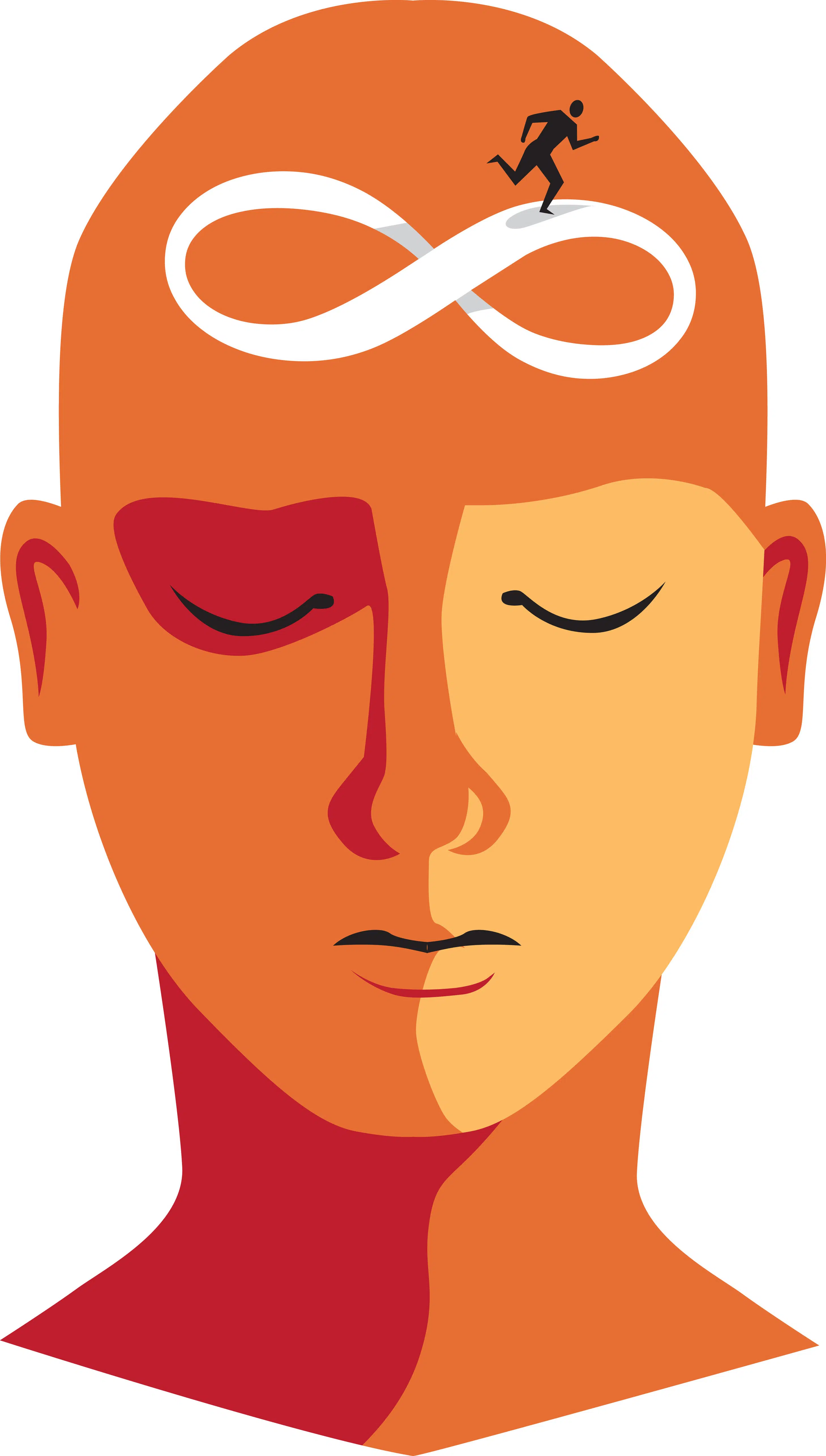Intrusive thoughts are unwanted thoughts that can creep into our heads at any moment. Usually, the repetitive thoughts are disturbing and can create distress. These thoughts can be through images, sounds, or statements.
If you have anxiety or depression, you will likely experience intrusive thoughts; however, they can happen to anyone. These thoughts can negatively impact a person’s quality of life and even affect behavior.
What Are Some Examples of Intrusive Thoughts?
One of the most common intrusive thoughts is anything involving safety or risk. They may be portrayed through imagery, like a person imagining that they harm another person or imagining a loved one being killed in some fashion.
Many new parents can experience postpartum anxiety where they worry about harm happening to their baby.
Some people also experience intrusive thoughts with inappropriate thoughts regarding sex.
If a person has post-traumatic stress disorder (PTSD), they could have intrusive thoughts about the traumatic event. After a traumatic incident, many people experience flashbacks, whether it’s through sounds or images. These unsettling experiences can cause physical symptoms similar to when you experienced the trauma, like elevated heart rate.
What Are Some Milder Kinds of Intrusive Thoughts?
Milder forms of intrusive thoughts include a critical voice that is negative and makes you feel down on yourself—for example, saying to yourself that you aren’t good enough to get that promotion at work.
What Conditions Can Include Intrusive Thoughts as a Symptom?
Even if you don’t have a mental health condition, you can experience intrusive thoughts. In fact, it’s been reported more than 6 million people in the United States may have them. Also, the number could be much higher since many people may not report them to their health professionals.
To be clear, intrusive thoughts are not always due to an underlying condition and may not indicate that you require medical attention.
However, intrusive thoughts can be a clue for a mental health condition in some people. Here are some mental health conditions where intrusive thoughts are common:
Obsessive-Compulsive Disorder
Obsessive-compulsive disorder (OCD) features intrusive thoughts that become uncontrollable. These intrusive thoughts (aka obsessions) can cause you to engage in repetitive behaviors (compulsions) in hopes that you can end the thoughts and stop them from happening again.
Intrusive thoughts in people with OCD include stress about locking doors and turning off ovens or fearing germs on any surface.
In addition, a person with OCD can develop routines where they recheck things like locks many times throughout the day or washing their hands too much. These repetitive routines can be debilitating, and that interferes with a person’s quality of life.
Post-Traumatic Stress Disorder
As previously mentioned, people living with post-traumatic stress disorder (PTSD) can have intrusive thoughts about the traumatic event(s). As a result, they can experience significant psychological distress.
Eating Disorders
People with eating disorders can also experience intrusive thoughts that harm their mental and even physical health.
People with eating disorders often worry about the impact food will have on their bodies. This kind of stress can lead to fear around eating and contribute to behaviors, like purging, for example, to stop intrusive thoughts.
Intrusive thoughts could also be a symptom of other health issues, like:
- a brain injury
- Dementia or Alzheimer’s
- Parkinson’s disease
Why Do People Have Intrusive Thoughts?
According to Margeaux Feldman, a writer, educator, and community builder, intrusive thoughts can be a way to escape the pain of the present. They can also help you avoid things that are too difficult for you to acknowledge.
Feldman also conveys that our flight and freeze trauma responses can use intrusive thoughts to shield us from heartbreak. The flight response serves the purpose of ensuring that you’re not surprised by any harm that comes your way, whereas the freeze response blocks you from feeling grief that has become too overwhelming. In essence, intrusive thoughts can keep grief at bay, and if our attention is focused somewhere else, our hearts can be protected and safe.
What Are Some Symptoms of These Thoughts?
Intrusive thoughts can happen at random and occasionally wander into your head. For some people, they will exist and then leave without causing any significant harm. However, for many people, intrusive thoughts will last for a long time and keep returning.
If you are wondering if you are experiencing intrusive thoughts, here are some symptoms:
- changes in thought patterns
- obsessive thinking
- disturbing imagery when you are fantasizing
It’s important to note that intrusive thoughts are not something to be ashamed of, but if they interfere with your daily functioning, then seeking a diagnosis and treatment can be helpful.
What Can You Do to Help With Intrusive Thoughts?
Unwanted intrusive thoughts can take over your life and cause you to worry about them and do anything you can to make them go away. Unfortunately, for some people, by avoiding intrusive thoughts, you can make them even stronger. One excellent tip is to leave these thoughts alone and treat them as if they are boring. Over time, they will fade, or you won’t notice them as much.
Here are some steps that can help with intrusive thoughts:
- Label the thoughts as “intrusive thoughts.”
- Remind yourself that these thoughts are unconscious
- Accept and allow these thoughts into your mind, and do not push them away altogether.
- Anticipate that the thoughts will come back again
- Continue whatever activity you were doing before the intrusive thought came into your head, and allow the anxiety to be there with you.
Here are some things you can try and avoid doing:
- Do not engage with the thoughts.
- Try and avoid pushing the thoughts out of your mind.
- Don’t analyze and try to figure out what these thoughts “mean.”
- Continually check to see if whatever you are doing is “working” to get rid of the thoughts
These approaches can be challenging to apply but can be beneficial if practiced even for just a few weeks. As a result, you can start to experience less intensity and frequency of these intrusive thoughts.















